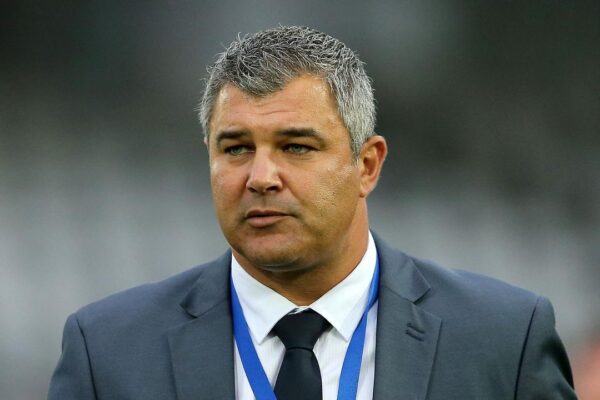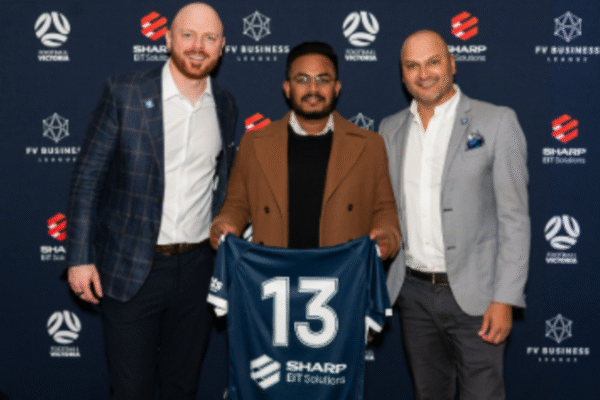
From what started out as a simple solution to a tirade of hate messages against sporting icon Serena Williams during the 2019 US Open, Respondology’s software has now become inherent across many business and sporting sectors.
After noticing the issue, the idea sparked behind Respondology’s main drive that is to eradicate online hate. They focused mainly on businesses as it erased unnecessary online bullying that was hindering the company’s success. Respondology provides a technology that is crucial for any social media presence today where cruel and unwanted messages are directed towards many up and coming sporting companies without any repercussions – it allows all these gruelling comments to be filtered out as soon as it pops up.
The technology uses a moderation system in which detection of any harmful content aimed at minority communities within the team or sports business are immediately muted, hence bettering the safety of the business as a whole.
The company focuses on athletes, influencers, celebrities and brands under varying sectors to clear hate comments in order to promote a kinder social environment for both the influencer and their audience. A main facet of the company are the moderators as before the technology that sparks the filtration system, they evaluate the messages that choose which comments should be hidden. This halts the reliance on artificial intelligence as the differentiation between supportive messages and unhelpful ones are more clear with the presence of a moderator. In addition, the software stems across all social media platforms and matches accordingly with the timing of posts as well as real time analytics of all comments coming in with every new post.
The main question underlying this software is why there is a demand for it and that is to understand the power of comments on the sporting community such as the players, teams or coaches. Many teams are victims of a slew of online attacks whether it be during a game loss or from rival supporters. This not only harbours a negative space within the online communities but could pose threats to the security to all the actors involved in these spaces. Safety within these communities online are a priority as it reflects that of the safety in real life during actual matches and how they interact socially. Technology such as Respondology acts as a protection against harmful comments that could affect the brand’s character.
If these comments were to go unnoticed and left unmoderated, it could lead to a negative stance on the brand’s identity. Especially, in regards to comments that are racist, homophobic or sexist; these are simply not situations brands would want to be associated with. Furthermore, they would not want to be connected with ignoring these spiteful messaging as well. From a moral standpoint, Respondology is doing its part to protect the perception of a plethora of sporting clubs but also preventing the normalisation of a negative space within the supporters of these teams that can only occur if derogatory comments are stopped immediately as they appear. It does not even allow for these hateful activities to prosper.
In terms of business, many brands could lose sponsorship opportunities due to connections with abusive online spaces. As a result, the brand’s revenue will be at stake. Additionally, when comments go unchecked, it perpetuates spam comments which could lead to illegal streaming and ticket scamming sites. These are all issues that are simply flushing money down the drain for most brands. However, by taking precautionary measures, with the likes of Respondology lessens the likelihood of burning money through unlikely means such as online comments.
Evidently, the use of Respondology covers all the bases that comes with having an online presence; the barrage of hate and toxicity. With this slowly being stopped by this newfound technology, many businesses will continue to thrive without unnecessary harm to their business identity or their company revenue as a whole.
Check out Respondology’s features in full here: https://respondology.com/



















